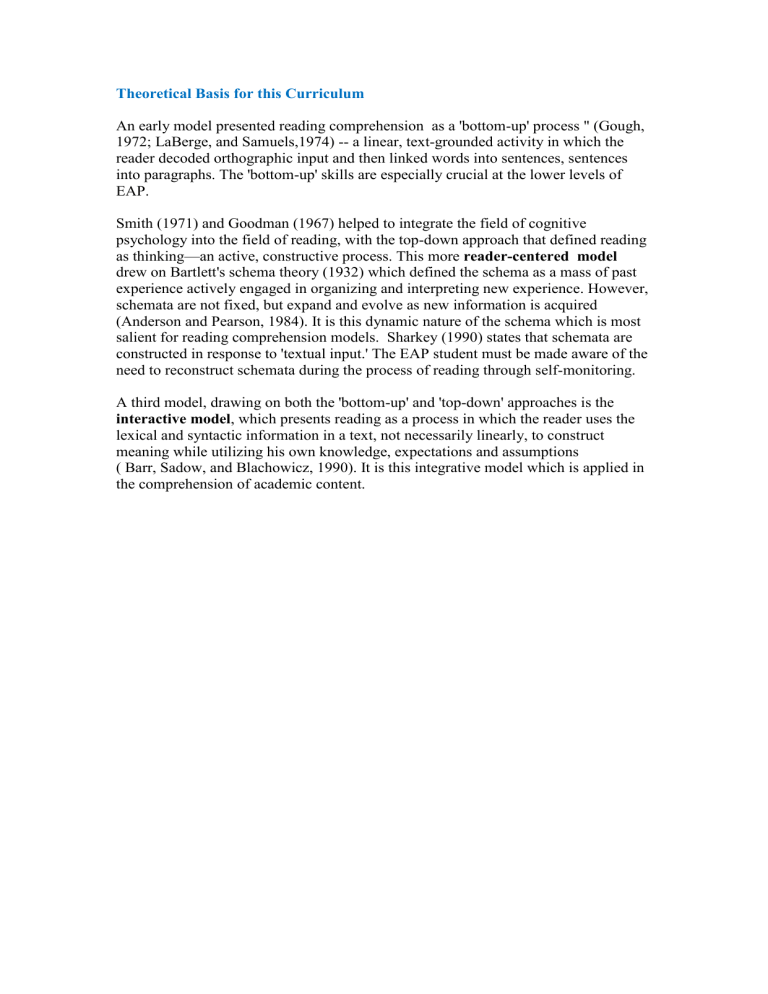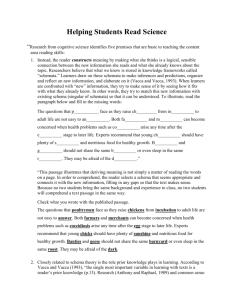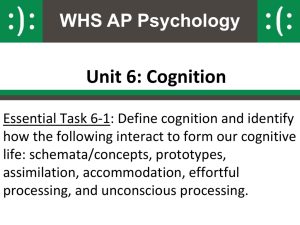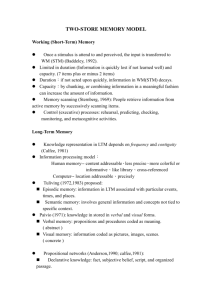Theoretical Basis for this Curriculum

Theoretical Basis for this Curriculum
An early model presented reading comprehension as a 'bottom-up' process " (Gough,
1972; LaBerge, and Samuels,1974) -- a linear, text-grounded activity in which the reader decoded orthographic input and then linked words into sentences, sentences into paragraphs. The 'bottom-up' skills are especially crucial at the lower levels of
EAP.
Smith (1971) and Goodman (1967) helped to integrate the field of cognitive psychology into the field of reading, with the top-down approach that defined reading as thinking—an active, constructive process. This more reader-centered model drew on Bartlett's schema theory (1932) which defined the schema as a mass of past experience actively engaged in organizing and interpreting new experience. However, schemata are not fixed, but expand and evolve as new information is acquired
(Anderson and Pearson, 1984). It is this dynamic nature of the schema which is most salient for reading comprehension models. Sharkey (1990) states that schemata are constructed in response to 'textual input.' The EAP student must be made aware of the need to reconstruct schemata during the process of reading through self-monitoring.
A third model, drawing on both the 'bottom-up' and 'top-down' approaches is the interactive model , which presents reading as a process in which the reader uses the lexical and syntactic information in a text, not necessarily linearly, to construct meaning while utilizing his own knowledge, expectations and assumptions
( Barr, Sadow, and Blachowicz, 1990). It is this integrative model which is applied in the comprehension of academic content.











